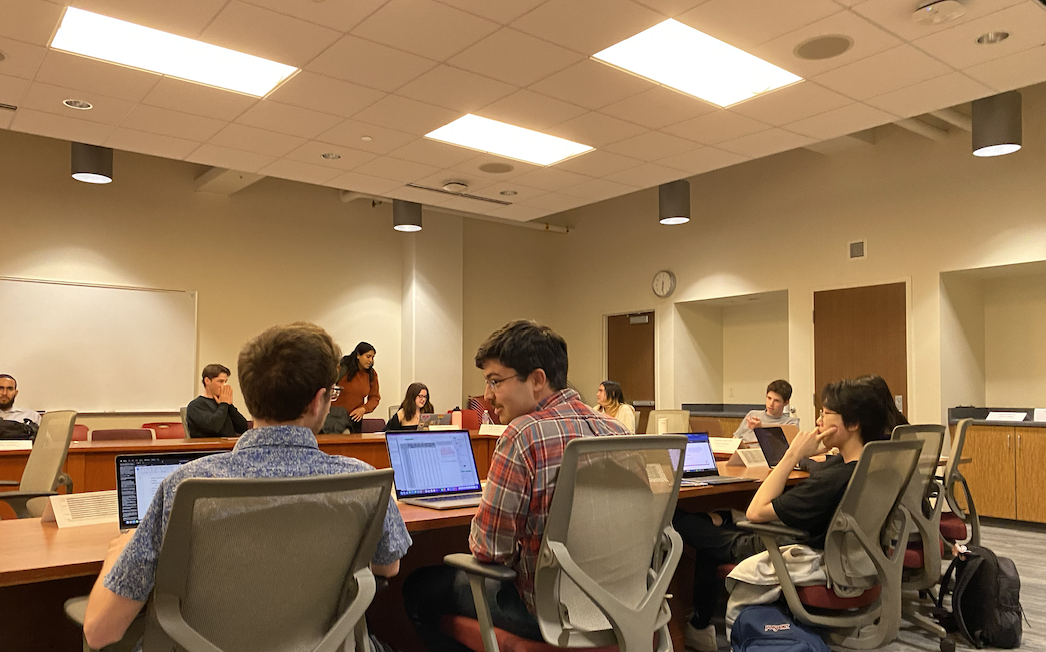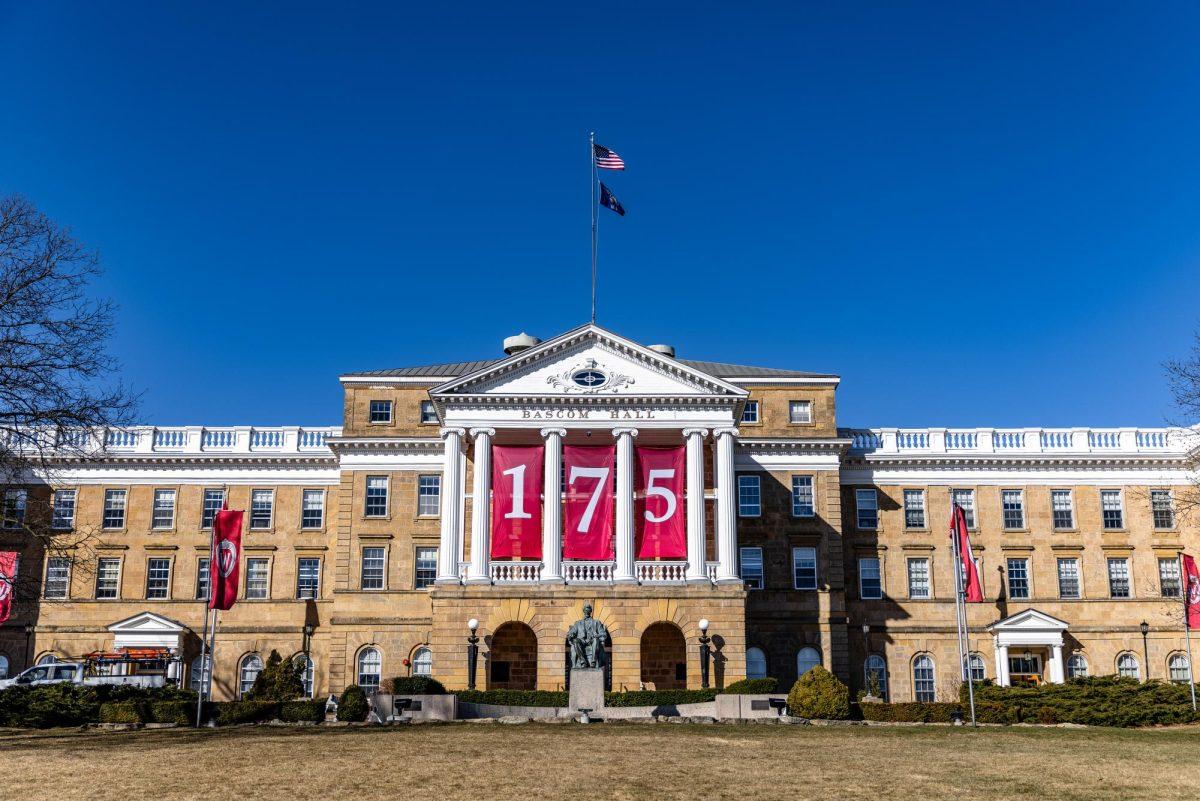A federal freeze on Environmental Protection Agency grants has some University of Wisconsin researchers questioning the future of innovation at the university.
President Donald Trump’s administration froze all EPA grants and contracts Jan. 24 but later lifted the freeze Jan. 30. The Trump administration said programs will continue as planned but UW researchers are uncertain how the situation will play out in the future, said Natasha Kassulke, spokesperson for the Office of the Vice Chancellor of Research and Graduate Education.
The uncertainty has a particularly significant impact on UW because of its top research university status.
“Grants have been important in terms of funding innovative projects — projects that are very important to the future of human health,” Kassulke said.
Future of scientific research at stake nationally, on campus under new administration
During the 2015-16 academic year, UW received $3.4 million in research funding. During the 2016 fiscal year, they received about $2.5 million in grants, Kassulke said.
Currently, there are seven EPA-funded grants that go toward studying the effects of environmental toxins to communicating with communities about ecological restoration through the Latino Earth Partnership, Kassulke said. There are also four pending proposals, valued at $1.8 million.
The partnership engages youth in environmental stewardship through the integration of language, cultural perspectives and hands-on experiences with ecological restoration education, Earth Partnership program director Cheryl Bauer-Armstrong said. Because of current EPA funding, teachers and students from more than 50 schools are able to develop outdoor classrooms and native habitats, she said.
“By restoring a native habitat it helps students develop a relationship with the land, community and other students,” Bauer-Armstrong said. “Restoration-based education makes learning more alive and engaging, and students can see the firsthand effects of what they’ve done.
Agriculture group fights EPA on losing access to controversial herbicide
Without the grants, LEP would not have been able to collaborate with other universities and nature centers, Bauer-Armstrong said. EPA funding has also contributed to solving community problems and improving quality of life, which has been critical in promoting the Wisconsin Idea, she said.
Similarly, EPA funding has been important for UW associate professor of landscape architecture David Bart’s project since the EPA is the only agency that currently offers grants he can use, he said. His project looks at the impacts of high-capacity wells on a specific type of wetland with the hopes the Wisconsin Department of Natural Resources will place these wells in a way that does minimal damage.
In Bart’s lab, eight undergraduate students have worked on the grant so far. For Bart, research and teaching are inherently connected. He believes the teaching improves the research and vice versa, and tries to incorporate the two.
Million-dollar initiative looks to help revolutionize microbiome research at UW
Kassulke said UW’s research brings it credibility and attracts top faculty and students from around the world. Using EPA grants to continue this growth in innovation is key to the university’s success.
“Research is a key function of each member of our faculty, and it really makes it possible for a university, like the UW, to attract the best students and faculty,” Kassulke said.
Francisco Arcaute, EPA Region 5 spokesperson, said in an email to The Badger Herald all grants are proceeding “normally” so far and no delays are expected. This includes environmental program grants and grants with low-interest loans to the states and tribes. The EPA intends to continue to provide information to the public as it becomes available, Arcaute said.























